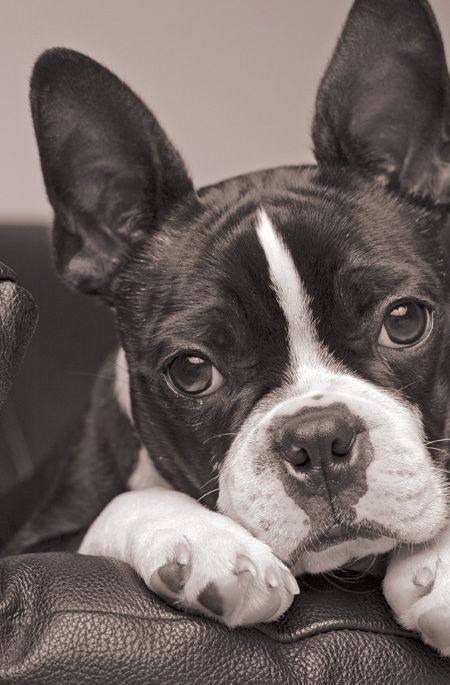Last call: Remembering veterinary clients' needs with delicate procedures
When a compassionate veterinary house call ends in a distressing euthanasia, who is to blame?
Dr. Leland Hobbs has been a small animal practitioner for 47 years. He ran a one-man practice for his first three decades in veterinary practice and added a part-time associate in recent years. He describes himself as a simple man with a personalized practice where all of his clients and patients are on a first-name basis.

GETTY IMAGES/ROSEMARIE GEARHART
Old Doc Hobbs, as he's known in his small Missouri town, is a beloved figure in the community. And when the 21st century brought Facebook, microchips and ultrasound to mainstream veterinary practitioners, Dr. Hobbs preferred the status quo, insisting that these additions were no more effective than his patient ID tags, postcard mailings and strategic radiographs taken in conjunction with a thorough physical exam.
One day Dr. Hobbs received a distressed call from a longtime client, Bess Houseman. Her 14-year-old Boston terrier was failing and had to be euthanized. Mrs. Houseman's granddaughter Jennifer was living with her as a caregiver, and while both women adored the dog, they knew his time had come. They asked that Dr. Hobbs come to the house to avoid the stress of a trip to the clinic. Dr. Hobbs often made house calls and scheduled his visit for the next morning.
The next day Dr. Hobbs arrived by himself. The old terrier was indeed in pain and not interested in visitors. Dr. Hobbs asked Jennifer to assist him in the procedure. She placed the dog on her lap and stroked his head while Mrs. Houseman spoke comforting words to her pet. Dr. Hobbs explained that he was now going to give an IV and that the pet would quietly go to sleep. Dr. Hobbs had given thousands of owner-assisted IVs in his many years and rarely had issues.
The dog received the IV as Jennifer held him but then began to vocalize loudly as the euthanasia solution was injected. This reaction is not unheard-of, but it is always upsetting to loved ones. Jennifer yelled, "Stop it, you're hurting him!" as Mrs. Houseman began to cry. Dorsiflexion of the dog's neck was followed, at last, by relaxation, and the procedure concluded.
Jennifer put the dog in his bed and comforted her grandmother. She told Dr. Hobbs that she was very upset about the pain and suffering he had inflicted on their dog in his dying moments. Dr. Hobbs tried to explain that sometimes these things happen but the dog was now at rest.
Jennifer would have none of it. She threatened to report him to the authorities and asked him to leave.
The Housemans did in fact report Dr. Hobbs to the state board. He sent his records and explanation to the board and was not cited for any infractions. Nevertheless, he lost a longtime client and had to deal with the hassle of a regulatory process. Dr. Hobbs still maintains that euthanizing a pet in its own home is a truly humane gesture. Sometimes things do not go smoothly, but this wouldn't deter him from continuing this practice in the future.
Rosenberg's response
In this case, Dr. Hobbs fell short. His years of experience lulled him into a comfortable routine, and he didn't take all the steps necessary to minimize complications. In most cases his approach would've succeeded without incident. However, he should always have a skilled assistant accompany him on house calls for delicate procedures. A pre-euthanasia sedative would've reduced the potential for the adverse reactions, and an IV catheter or butterfly would've eased the venipuncture and potential delivery discomfort.
Whether it's "old school" or cutting edge, the definition of quality medicine doesn't change. Consider the patient's needs. Never forget that pet and pet owner are intimately connected, and consider all scenarios (or differentials) with each patient.
In this case, the house call was certainly not the issue, nor was Dr. Hobbs' intention to help this failing pet. The quality of care is what ultimately would have given this dog a smoother exit and his owners peace of mind.
Dr. Marc Rosenberg is director of the Voorhees Veterinary Center in Voorhees, N.J. He is a member of the New Jersey Board of Veterinary Medical Examiners. Although many of his scenarios in "The Dilemma" are based on real-life events, the veterinary practices, doctors and employees described are fictional.